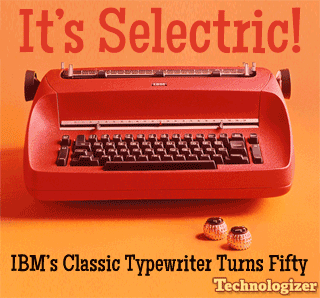 How is Logitech’s Revue–the first stand-alone Google TV box–selling? Logitech says sales are “slightly negative.” As in, more Revue boxes are coming back to Logitech than are being bought and used by consumers. I feel the company’s pain, but I’m not surprised by the bad news. I like the idea of Google TV, but when I tried the Revue last October, I found its software horrifically rough around the edges, to the point that it was no fun at all. Logitech has knocked the price down from $249 to $99, but a shaky product is a shaky product no matter what the price is.
How is Logitech’s Revue–the first stand-alone Google TV box–selling? Logitech says sales are “slightly negative.” As in, more Revue boxes are coming back to Logitech than are being bought and used by consumers. I feel the company’s pain, but I’m not surprised by the bad news. I like the idea of Google TV, but when I tried the Revue last October, I found its software horrifically rough around the edges, to the point that it was no fun at all. Logitech has knocked the price down from $249 to $99, but a shaky product is a shaky product no matter what the price is.
As Daring Fireball’s John Gruber points out, the Revue is an example of a trend I cover in my new TIME.com Technologizer column: products which ship even though they’re clearly not ready to ship. I don’t know the Revue’s backstory–and tend to think that Logitech may have been as surprised by anyone at how iffy the Google TV software is. But reviewers like me and early adopters who bought the Revue found it lacking, and told other people. Is there any way that Google TV’s chances at success wouldn’t have been a lot higher if Google had finished it six months or a year later and invested the extra time in creating something that pundits and real people would have loved?




